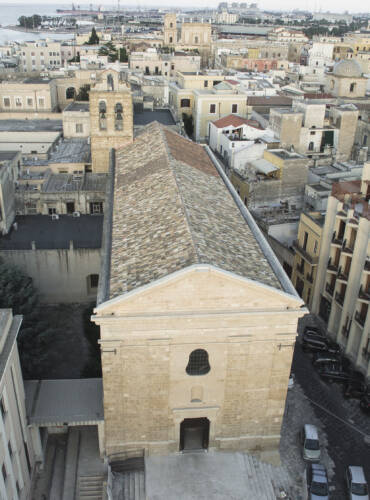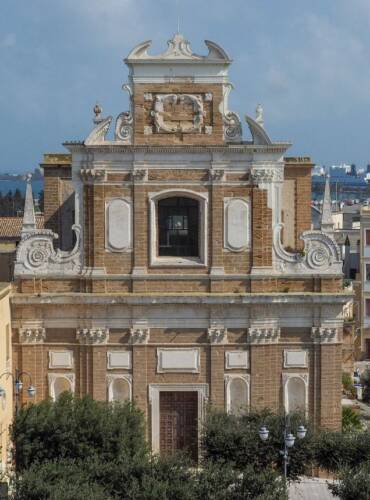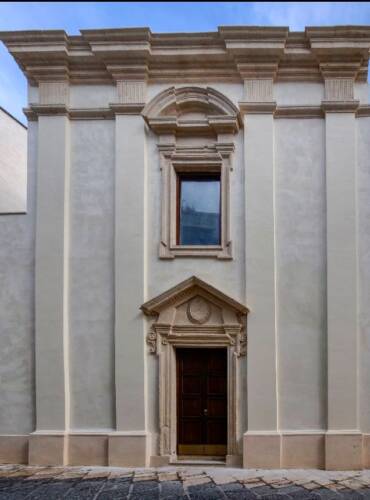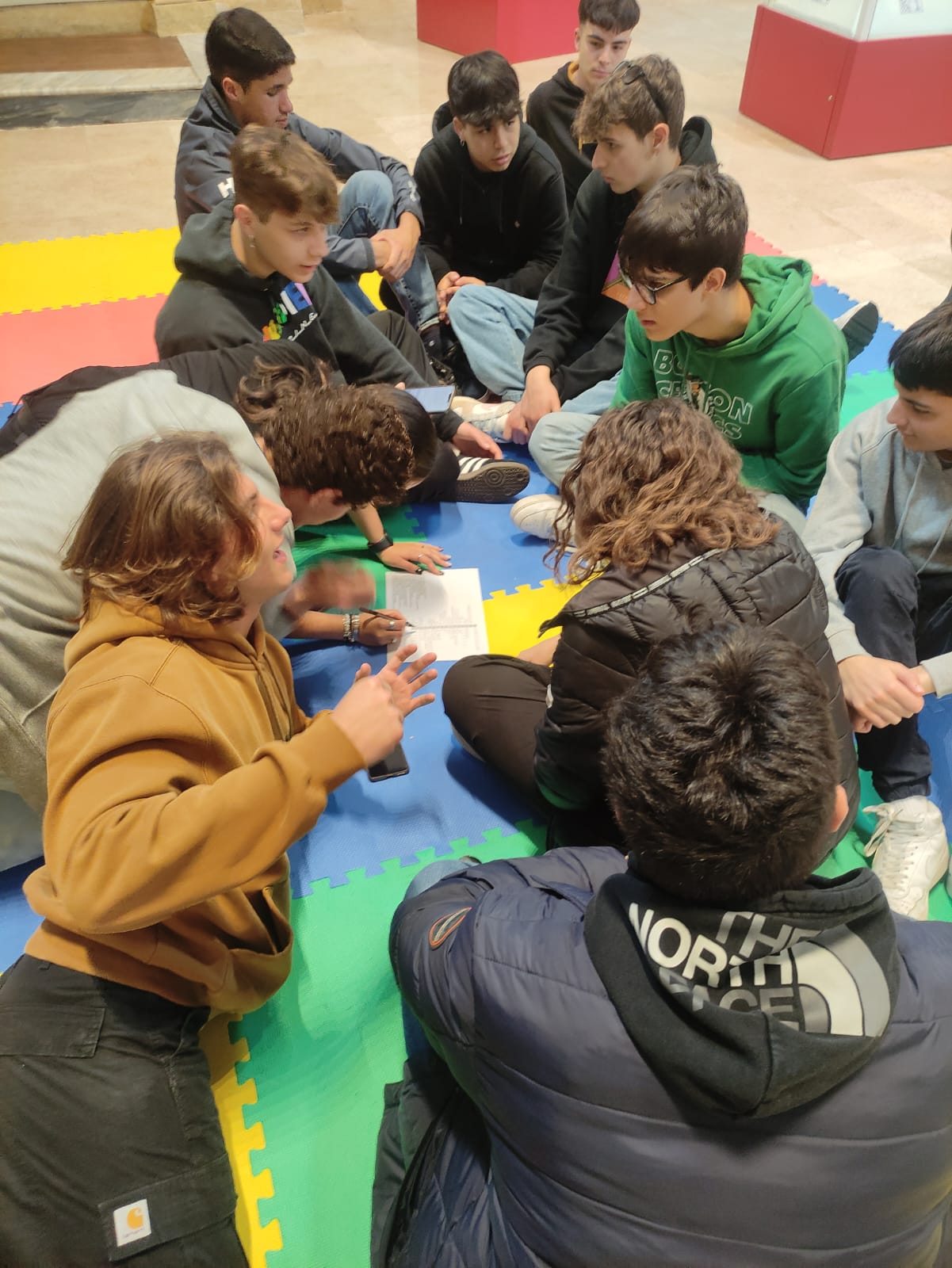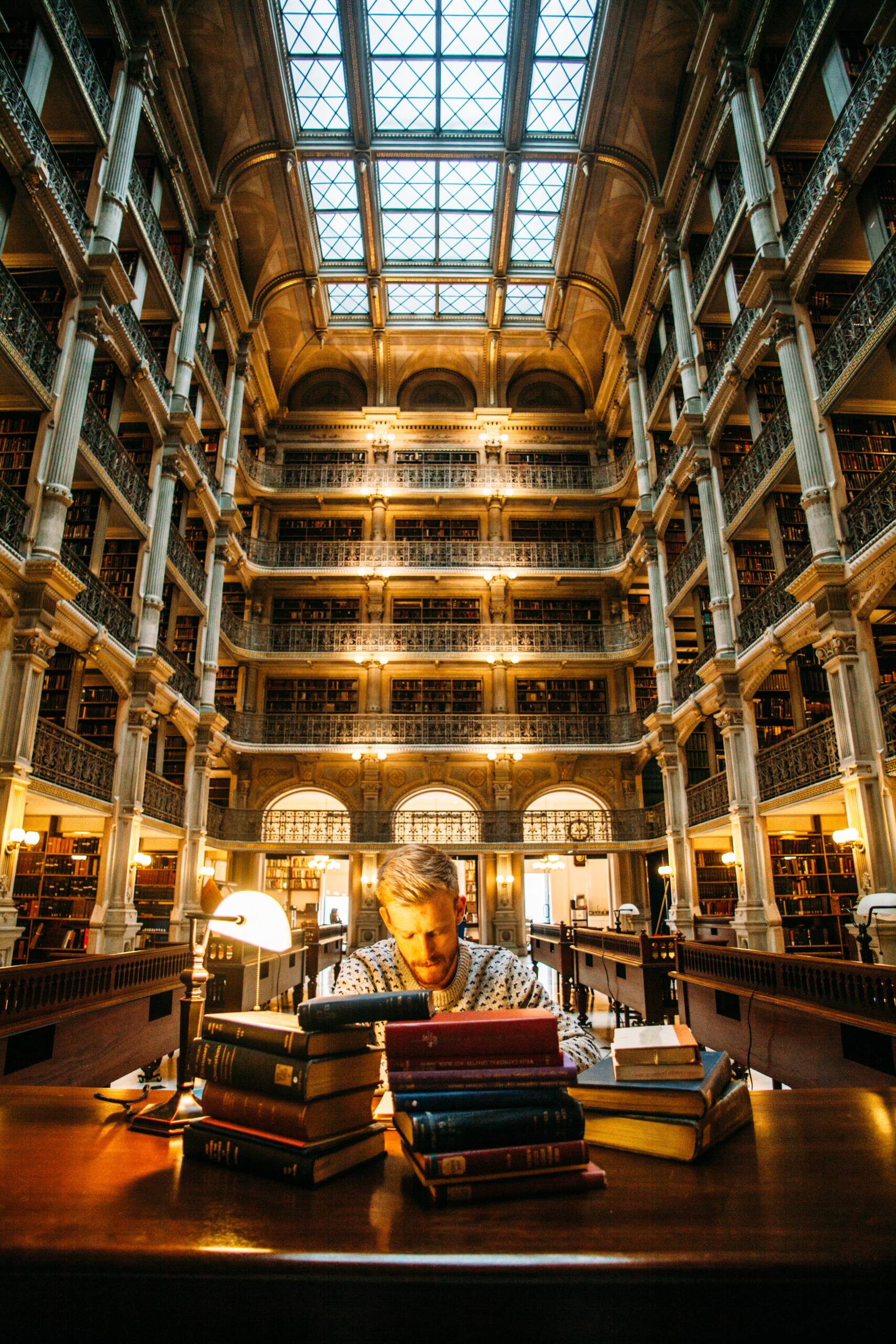-
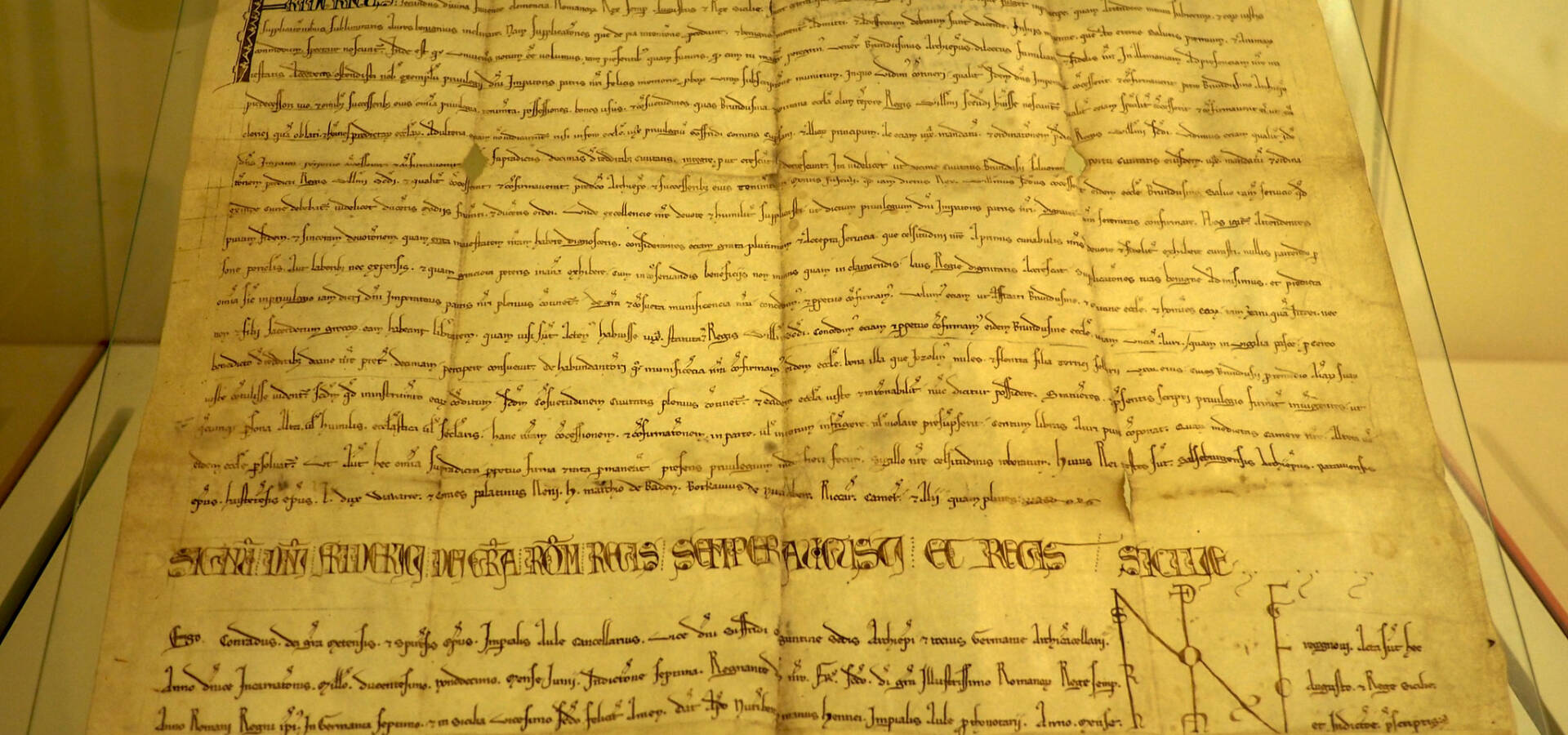 André Malraux"The museum is one of the places that give the highest idea of man."
André Malraux"The museum is one of the places that give the highest idea of man." -
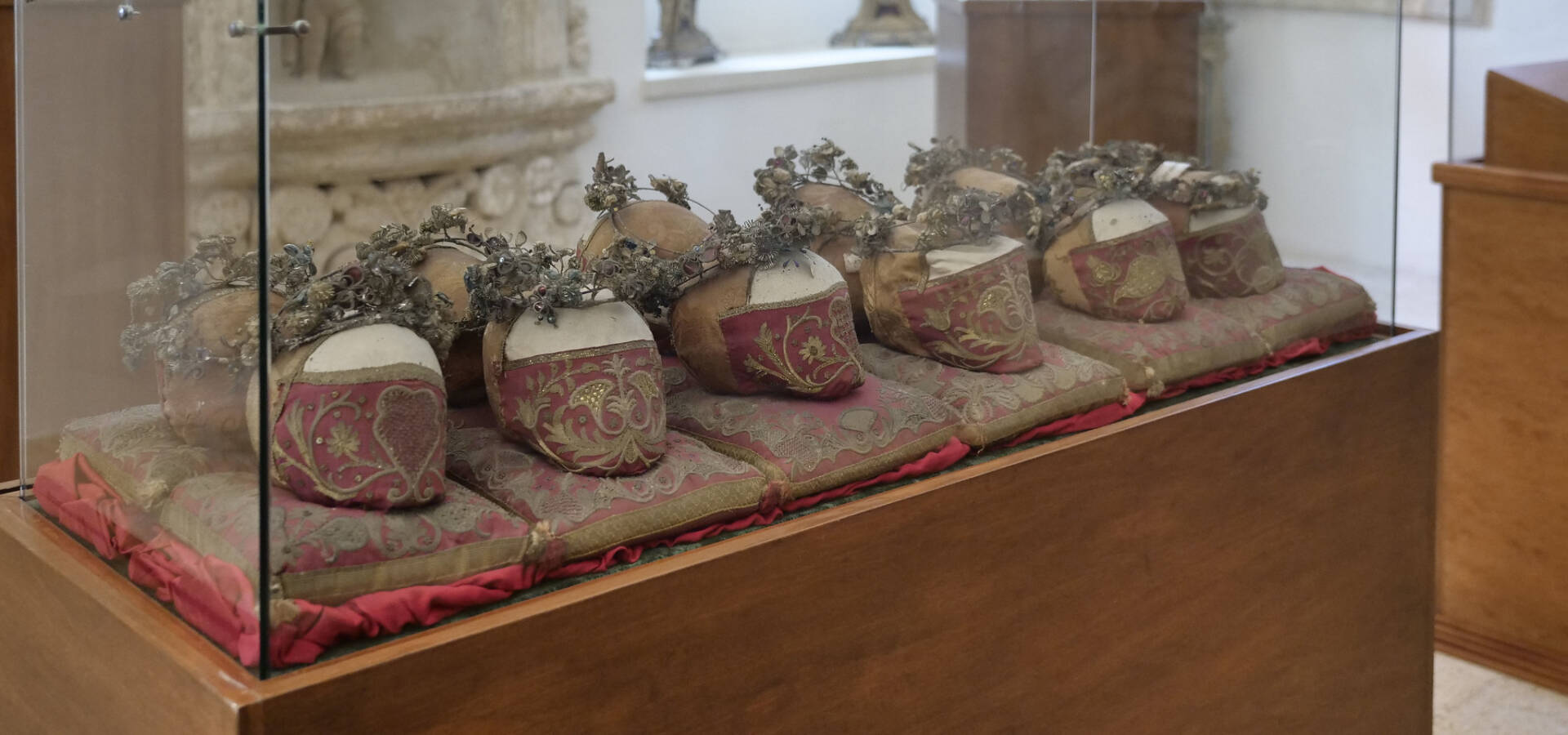 André Malraux"Art is the presence in life of what should belong to death; the museum is the only place in the world that escapes death"
André Malraux"Art is the presence in life of what should belong to death; the museum is the only place in the world that escapes death"
G. Tarantini Diocesan Museum
The diocesan museum has a special bond with the territory and contains works born and created not for mere aesthetic pleasure, but for worship, devotion and the life of the Spirit.
Discover the HistoryOur Numbers

3
Museum locations

150
Daily Visitors

350
Historical works and artifacts

500
Hosted school visits
G. TARANTINI DIOCESAN MUSEUM
The locations of the Brindisi-Ostuni Diocesan Museum
St. Paul’s
St. Paul’s is a magnificent example of Franciscan architecture with a single aisle, a slender apse, and large walls, that were originally covered with frescoes representing the procession of the saints and scenes of Christian piety. Little is left of the original, ancient structure from the XIV century, due to the evolution of artistic taste and the need of renovation. For example, they covered the frescos on the wall with baroque altars; moreover, they substituted the original roof, decorated with lilies, with the current trussed roof, leaving only few traces of the previous one.
St. Teresa’s
The Canon Francesco Monetta ordered the construction of the church in 1671. He wanted to dedicate the monument to the Order of Discalced Carmelites. The building contains references to the baroque art of Salento, and it is characterized by a marvellous façade and by a Latin cross floor plan, enriched by ancient pieces that demonstrated the devotion of local people.
Pious Schools
In 1659 Brindisi’s archbishop, Francesco de Estrada, bought both the Saint Michael the Archangel church and the convent with his own money for the Piarist Fathers to relocate. The single nave terminates in a transept. There are side chapels, that have been deprived of altars and sacred furnishings for a long time. The decorations, the arches, the columns and the baroque style cappellone are by the ornamental plasterer Maurizio D’Alessio from Naples.
LET'S EXPLORE TOGETHER

